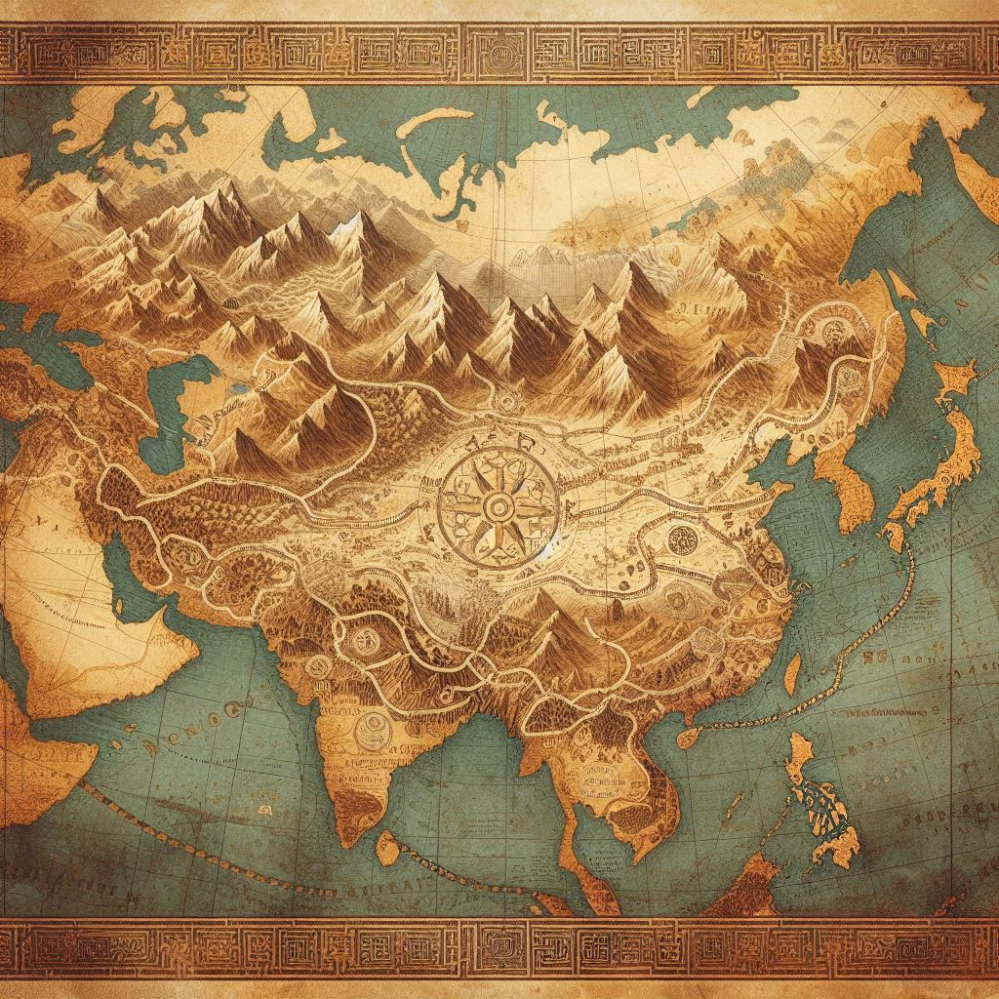
Silk Road Traders: A Game of Ancient Chinese Commerce
Silk Road Traders: A Game of Ancient Chinese Commerce
Introduction
Silk Road Traders is a strategic board game where players assume the roles of merchants traveling along the ancient trade routes of China. The game is set during the height of the Tang Dynasty, when the Silk Road and other trade routes like the Tea-Horse route were bustling with activity. Players will trade goods, navigate treacherous paths, and compete to become the most prosperous trader in ancient China.
Objective
The objective of Silk Road Traders is to accumulate wealth by trading goods across various cities and trade posts. Players earn money by buying goods at lower prices and selling them at higher prices, completing trade missions, and managing resources effectively. The player with the most wealth at the end of the game wins.
Gameplay
Players take turns in a clockwise order. Each turn consists of the following phases:
Travel Phase
Roll the dice to determine the distance your caravan can travel along the trade routes.
Move your caravan token accordingly. Players can choose to stop at any city or trade post along their path.
Each move consumes resources (e.g., food and water). Ensure you have enough resources to travel; otherwise, your movement is limited.
Trade Phase
If your caravan stops in a city or trade post, you can engage in trade.
Buy goods at the current market price and sell goods you are carrying.
Market prices fluctuate based on supply and demand, influenced by event cards and player actions.
Some cities specialize in certain goods, offering better prices for specific items (e.g., tea in Chengdu, horses in Lhasa).
Event Phase
Draw an event card and resolve its effects. Events can be beneficial or detrimental and may affect all players or just the one who drew the card.
Examples of events include “Bandit Attack” (lose some goods), “Good Harvest” (lower food prices), “Market Boom” (increase in demand for certain goods), and “Monsoon Season” (reduced travel distance).
Mission Phase
Players can attempt to complete trade missions by delivering specified goods to designated cities.
Successful missions provide additional wealth and possibly other rewards, such as rare goods or extra resources.
Sample Trade Mission Cards
Each trade mission card specifies:
Origin City: Where the goods must be purchased or collected.
Destination City: Where the goods must be delivered.
Goods Required: Specific types and quantities of goods needed to complete the mission.
Reward: The money and/or special bonuses received upon successful delivery.
End of the Game
The game ends after a predetermined number of rounds or when a significant event card, such as “Emperor’s Decree,” is drawn. Players then tally their wealth, including money, unsold goods, and completed mission bonuses.
The player with the highest total wealth is declared the winner and the most successful trader of ancient China.





























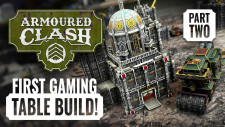


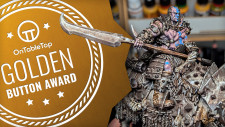
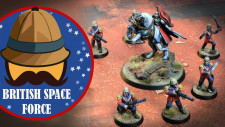







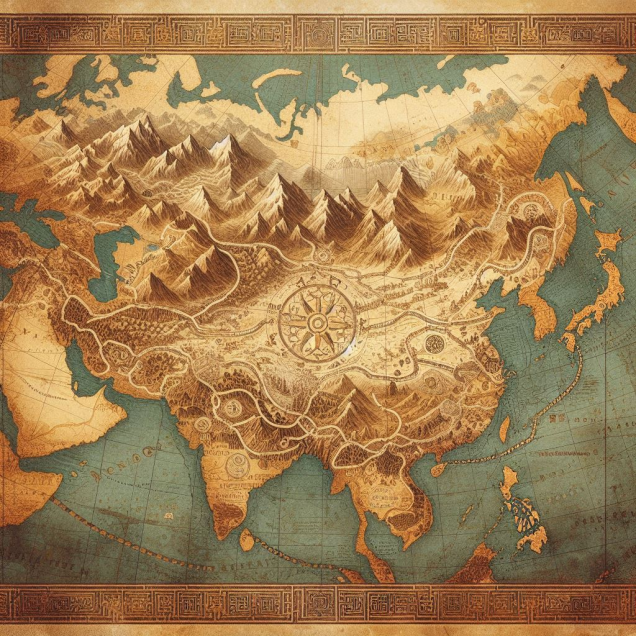


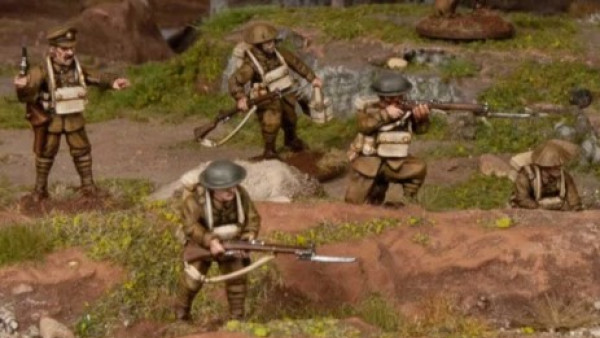

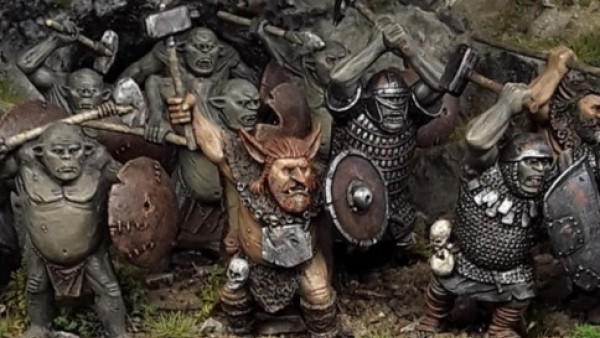
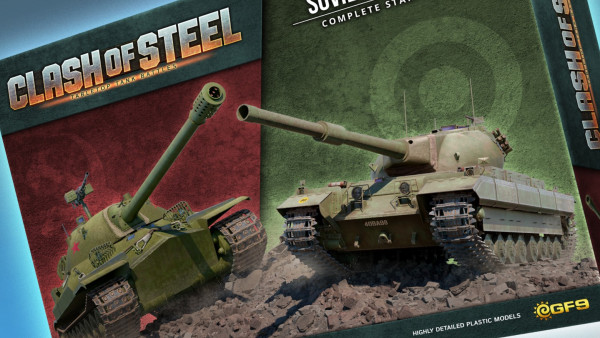


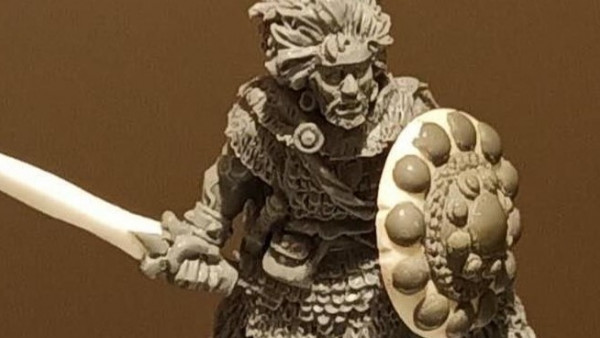

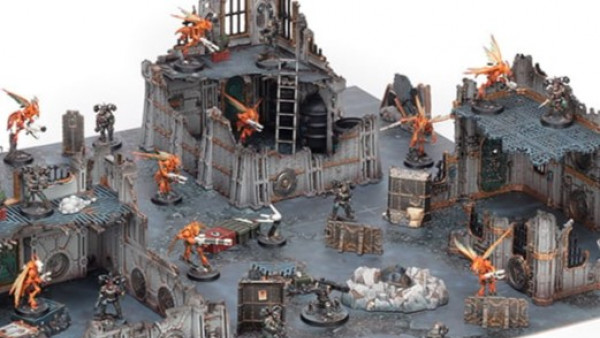
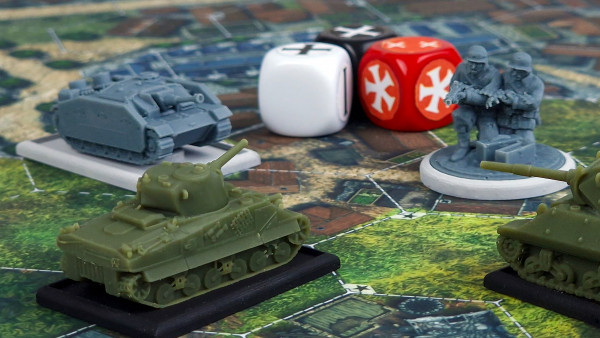
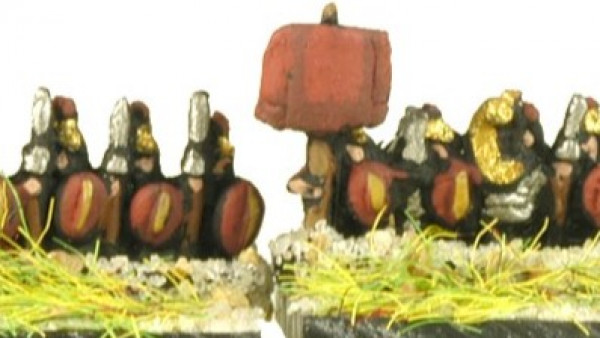

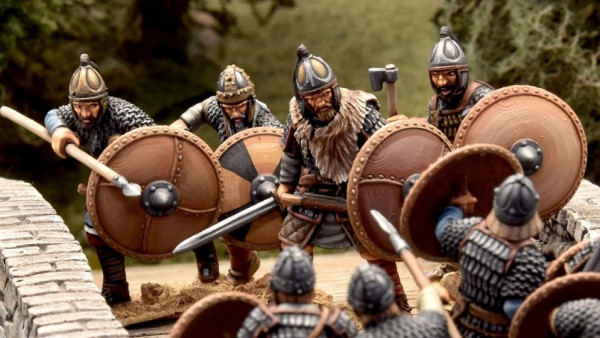



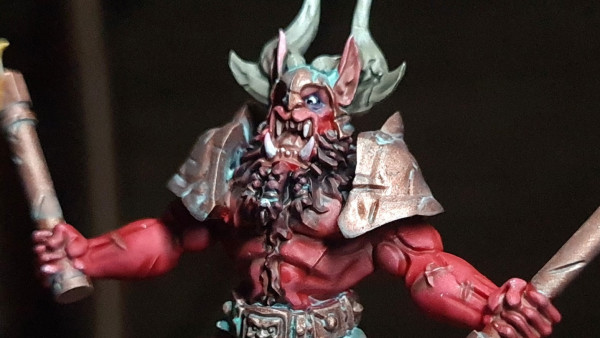
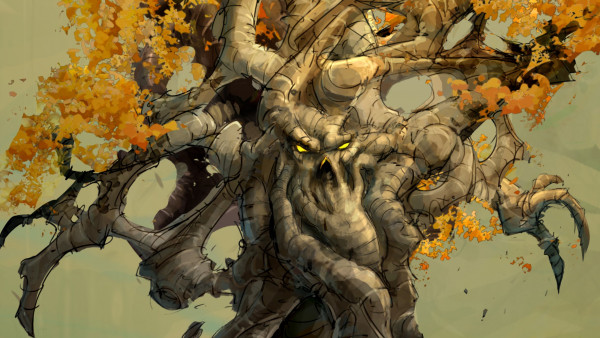
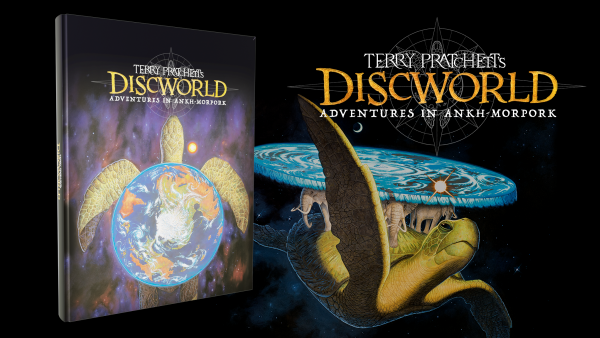
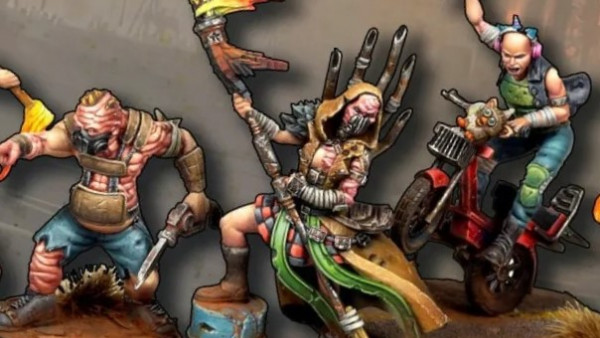
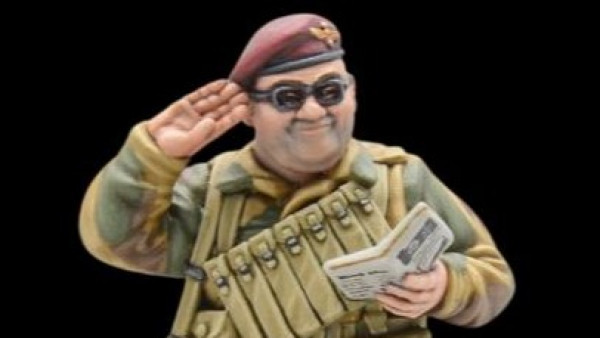
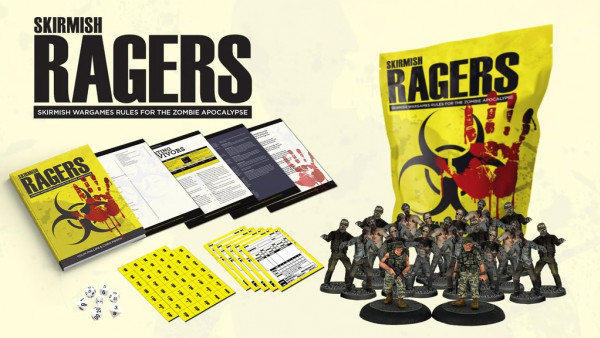


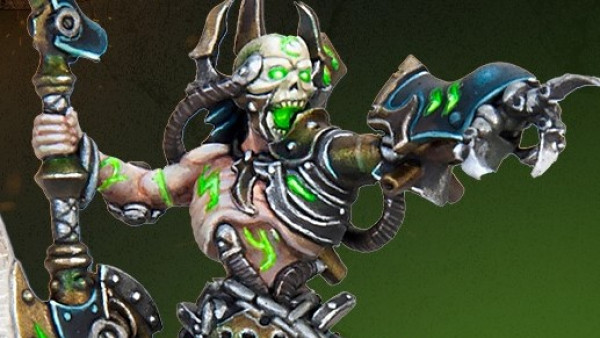


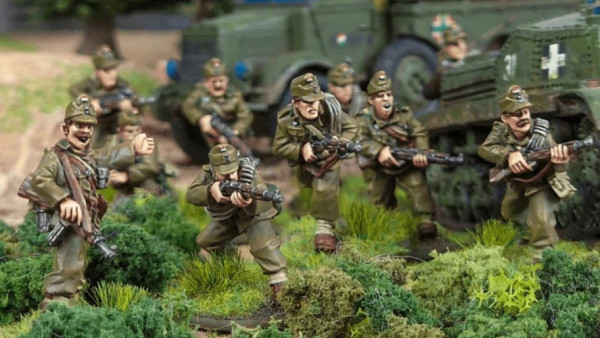
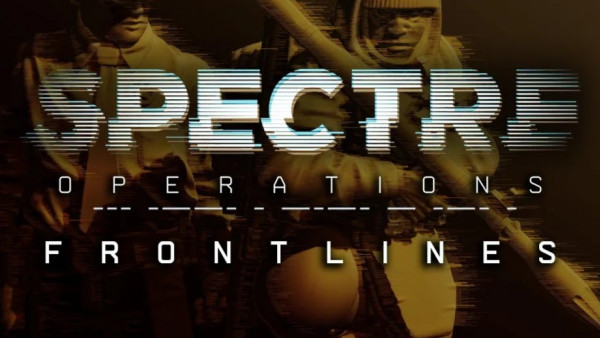


Leave a Reply